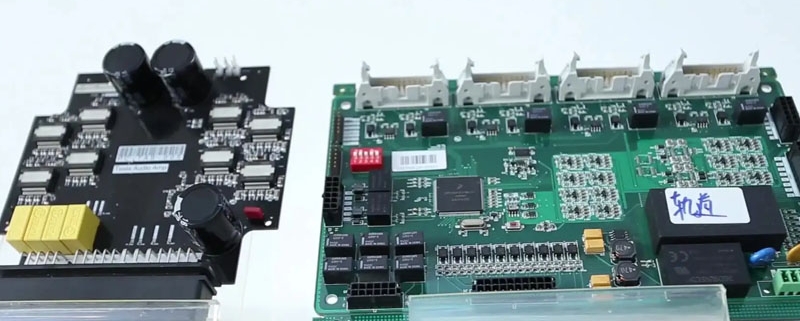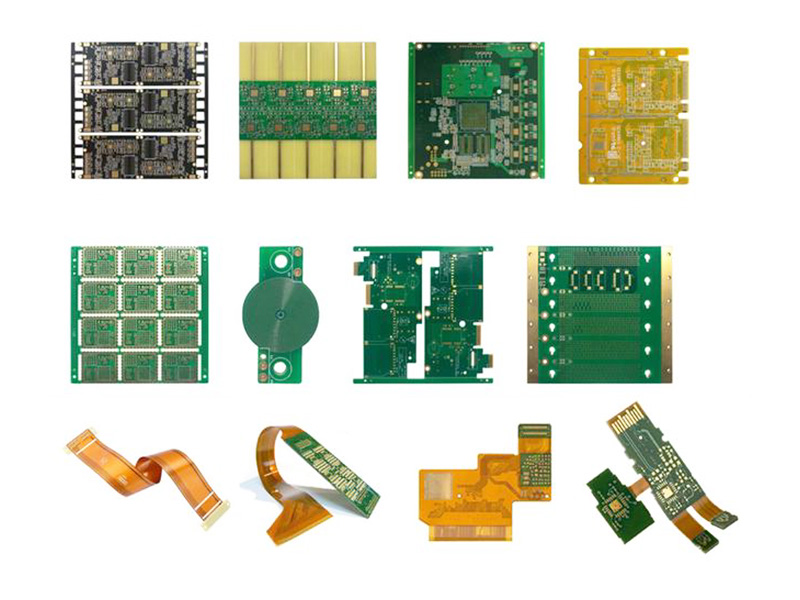Precautions in the Process of Prototype PCB Manufacturing
PCB (Printed circuit boards) are an important part of almost all electronic devices used in our daily lives. As such an important component, most OEMs require sophisticated PCB design and manufacturing, which is because they cannot withstand any failure when used in applications. However, we can always avoid some invisible problems and small errors, which pose a certain threat to the function of the PCB board. This is when the prototype PCB manufacturing becomes particularly important, it is an early sample of the circuit board, and its sole purpose is to check the full functionality of the PCB design. Although it may seem like an extra step, a prototype PCB performs a pre-production analysis of the board before you begin a full production run. Let’s analyze why PCB prototypes are so important in the manufacturing process.
- Accelerate the overall prototype PCB manufacturing:
Highly accurate PCB prototypes help minimize iterations and rework that can occur during the production phase. Prototyping allows defects to be detected at an early stage, giving manufacturers enough time to correct them before actual production. In addition, with PCB prototypes, it is easier for manufacturers to communicate with customers and let them understand the key design elements. In fact, customers can also request changes or modifications, which can be time-consuming in the later stages of production. - Test:
The PCB prototyping process is not just a random error detection process. On the other hand, it is a key step, including several test processes, such as temperature change test, power change test, shock resistance test, etc. All of these tests check the board’s ability to operate in harsh environmental conditions. Designers also scrutinize all components and their functions to make sure they work as expected. This tiny inspection allows the PCB to be created faster and more accurately during actual production runs. - Minimize costs:
Early detection of errors helps vendors correct errors easily and promptly at the lowest cost. This is not the case when a fault is discovered during the production phase. Finding design flaws at a later stage requires huge sums of money to fix them. This will in turn fully impact the project budget and schedule. In addition, PCB prototyping allows manufacturers to arrange materials and components in advance according to design specifications. They can also find and test cost-effective components, materials, and assembly methods. Overall, prototyping minimizes the last-minute rush to purchase materials while enabling them to make appropriate decisions about manufacturing methods.
Prototype PCB helps board manufacturers and customers have a clear idea of lead times, prices, and potential component inventory issues. This leads to improved and more efficient PCB processing. Prototype PCB allows board factories to experiment with different designs and components and select the best and most suitable at a budget-friendly price. This process helps give partners a clear understanding of what to expect from production operations. It allows projects to be completed efficiently with minimal material loss, expense, and effort. Needless to say, circuit board proofing is a good way to measure the functionality of the final product.




